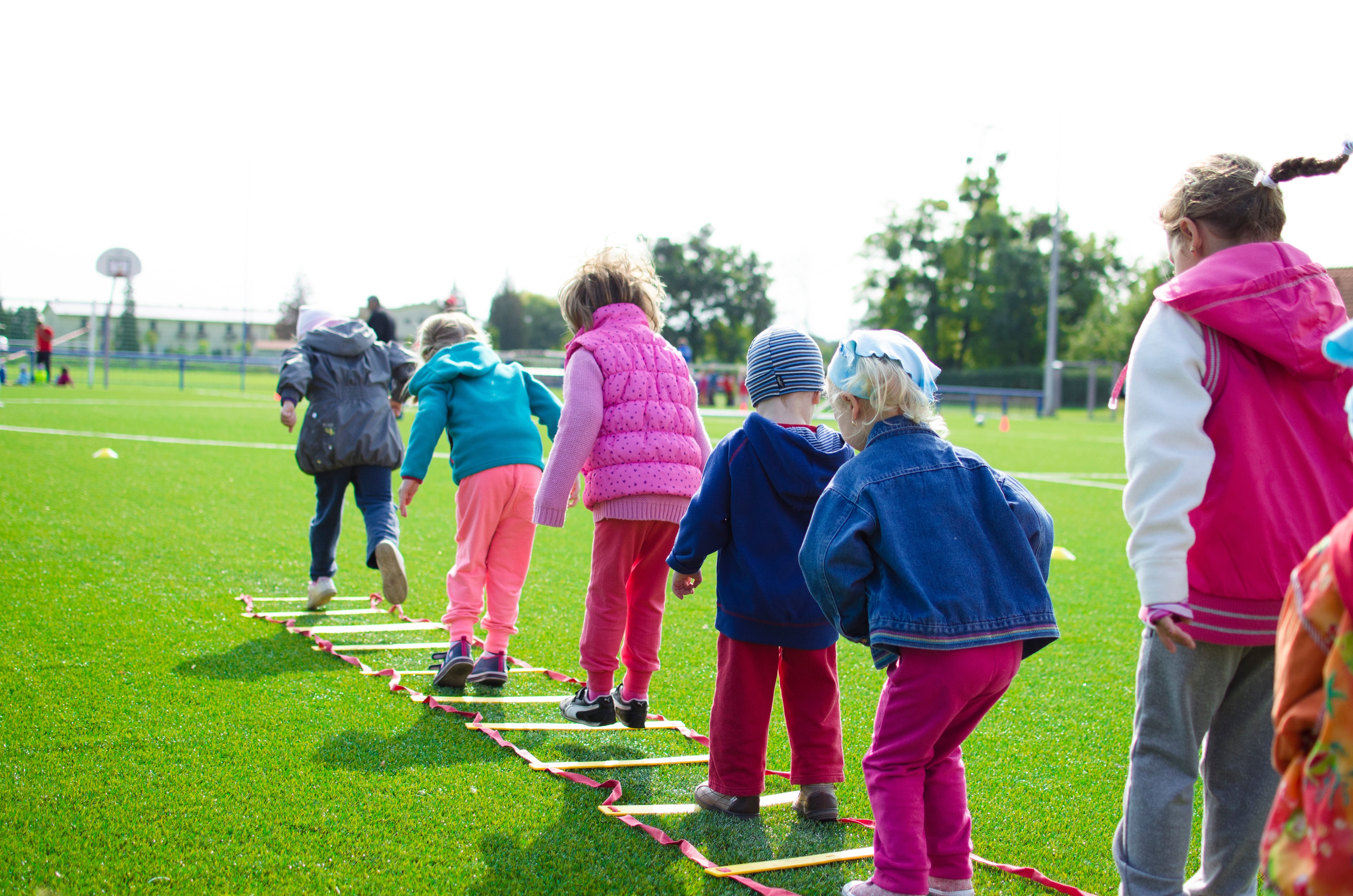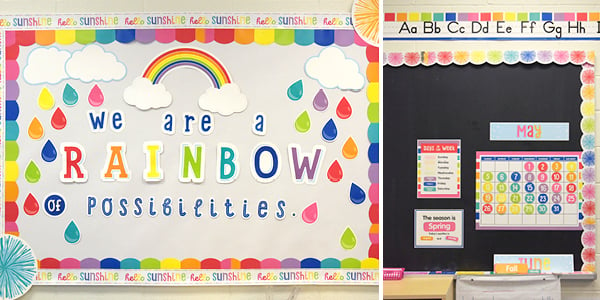Have you ever wondered what the difference is between etiquette and manners?
Both rely on a basic underlying principal: treat people with respect and sensitivity, making them feel comfortable, welcome and at ease in any given situation.
Etiquette refers to the rules of conduct, the socially accepted patterns of behaviour.
Manners are the courses of action, applying the knowledge of what to say or do in any given situation.
To put it simply, manners are what you practice when following the laws of etiquette. Both are integral to creating effective human interactions.
Manners matter. The way we act affects others, and it's never too early for children to learn these lessons. The best way is through role playing, songs, and fun activities which can be modified for different age groups.
Teaching good manners by turning it into a game goes a long way toward quick learning.
The Magic Words....
The building blocks of proper etiquette and good manners begin with the magic words "please", "thank you", "you're welcome" and "I’m sorry". These are the words and phrases that should be taught to children from an early age.
When I introduce children to these magic words, I heighten their motivation to learn and use them by telling them that each word has magic powers. After a short time they start using these magic words more frequently, when they see how happy it makes Mom and Dad.
Magic Word #1 - "Please"
When introducing the first magic word, use the game "Polite Simon". It’s a fun little game that reinforces the use of the magic word "please" and it will get the kids up and moving.
To play Polite Simon, have the children form a circle and you will stand in the middle.
Instruct the students to do what Simon says, only if he says PLEASE. Think of funny things for the kids to do, the sillier the better! You might ask them to quack like a duck, hop like a frog, trumpet like an elephant, stand on one foot or rub their tummy.
You will do what Simon says along with them, however you will deliberately make a couple of mistakes by doing the command when Simon did not say please.
Watch how excited the children get when you make this mistake and how quickly they will point out to you that Simon did not say please. They will be so very proud of themselves each time they get it right.
After this game is over, give them an example of how not to ask for things. Then ask them what would be the right way to do it, using the magic word. Be sure to reinforce to them how important it is to use the word please.
Magic Word #2 - "Thank You"
This exercise will help you teach the importance of using the second magic word, "thank you".
Have students form a line and pair them up with a buddy. Direct the students to stand facing their partner and give each group an object to share. This might be a book, a pencil or any other classroom staple. Now instruct the partners to ask if they may borrow the object, using their proper manners, of course.
This exercise will reinforce the use of both please and thank you. The partner asking for the object must use "please" and when it is returned, you should hear a "thank you". Let them do this back and forth exchange several times.
Finish off the thank you lesson by having everyone return to their seats to prepare for a treat you will be handing out.
You will then move from seat to seat asking each child if they would like a treat. Their response should be the magic words “yes, please.” When you give it to them they should respond with “thank you.”
If they do not say the magic words, stand in front of them until they do. They will soon get the message or the other children will quickly remind them.
When each transaction is complete, you will respond “you’re welcome” getting them ready for the next magic words exercise.
Magic Word #3 - “You're Welcome”
After students have mastered the first two magic words, it’s time to move on to the third in the series. It’s now time for the teacher to provide some laughs for the students. They just love to see the teacher looking and acting goofy.
For this object lesson in using the words “you're welcome” you will need a sheet of stickers that look like bugs. You will stick them all over your arms, hands, face and forehead. This act alone will get the kids giggling.
When you have all the bugs on, pretend that you are afraid of them. Jump around a bit and pretend you are trying to get them off. The more dramatic you are the happier the children get.
Ask one or two of the kids to please come quick and help you get these bugs off. As they remove them say “Thank you! Thank you!” After you say thank you, they are to respond “you're welcome.”
They will be having so much fun with this game that you will have to prompt them several times to say the magic words "you are welcome".
Continue the game until most of the children have had a chance to pull one of the bugs off and they are consistent in saying "you're welcome." This game uses three of the four magic words and your class should now be full of polite little students!
Magic Word #4 - “I'm Sorry”
After your first three lessons on the magic words, you will notice your students improving their manners and consideration for others. It is now time to move on to the fourth and final magic word. It’s the one that some adults have trouble remembering or bringing themselves to use: "I'm sorry".
In this lesson the teacher engages the children by asking if someone can tell the class what the magic words “I’m sorry” mean to them.
After hearing their meanings, thank them and tell them how good their answers were. You will then explain to the children what the magic word "sorry" means to you. For example: “I hurt your feelings. I regret that I did, and I will try my best not to do it again.”
To teach a lesson in apology, try having the students use their acting skills. Divide the class in groups of three and choose one person in each group to be the leader.
Take the team leaders aside and instruct them to go back to their group and start a conversation with just one of the group members. They can ask about their day, about their pet, about their clothes, etc. but they are to completely ignore the other person in the group.
After a short period of time, stop the conversations and explain to the class what has just happened. Instruct the leader of each group to apologize to the person they ignored by saying "I’m sorry for ignoring you."
They are now to start the conversation over again, this time including both of their group members. Let the conversation go for a few minutes and then explain that leaving the other person out of the conversation was not good manners.
The gesture to include the other person in the conversation has now made the third person feel better and has brightened their day.
For children to develop proper manners, they must start with the basic building blocks. Once they have mastered the four magic words, they will be ready to learn more complex concepts.
Do you have any lessons that have worked well in your classroom? Share them in the comments section!
BLOG FAQ
-
What is the difference between etiquette and manners, and why are both important for effective human interactions?
- Etiquette refers to socially accepted rules of conduct, while manners are the practical application of those rules in any given situation. Both are essential for treating people with respect, sensitivity, and creating comfortable interactions.
-
How can teachers and parents effectively teach children the importance of using "magic words" like "please," "thank you," "you're welcome," and "I'm sorry"?
- Teachers and parents can use engaging activities and games to teach children the magic words and their significance in social interactions. Role-playing, interactive exercises, and object lessons help reinforce the use of these words in different contexts.
-
What are some examples of games or activities that can be used to teach children the magic word "please" and its importance in communication?
- Games like "Polite Simon" encourage children to use "please" in requests while engaging in fun activities. Teachers can also incorporate visual aids and storytelling to illustrate the importance of using polite language.
-
How can educators create a learning environment that promotes the use of "thank you" and "you're welcome" in social interactions among children?
- Pairing students and providing opportunities for them to exchange objects while using polite language reinforces the use of "thank you" and "you're welcome." Teachers can also model polite behavior and prompt children to use the magic words consistently.
-
What strategies can be used to teach children the importance of apologizing and using the magic word "I'm sorry" in resolving conflicts and demonstrating empathy?
- Role-playing scenarios where students practice apologizing for their actions help them understand the significance of acknowledging mistakes and expressing remorse. Incorporating discussions about empathy and the impact of their words and actions on others reinforces the value of using "I'm sorry" in social interactions.






.png)
